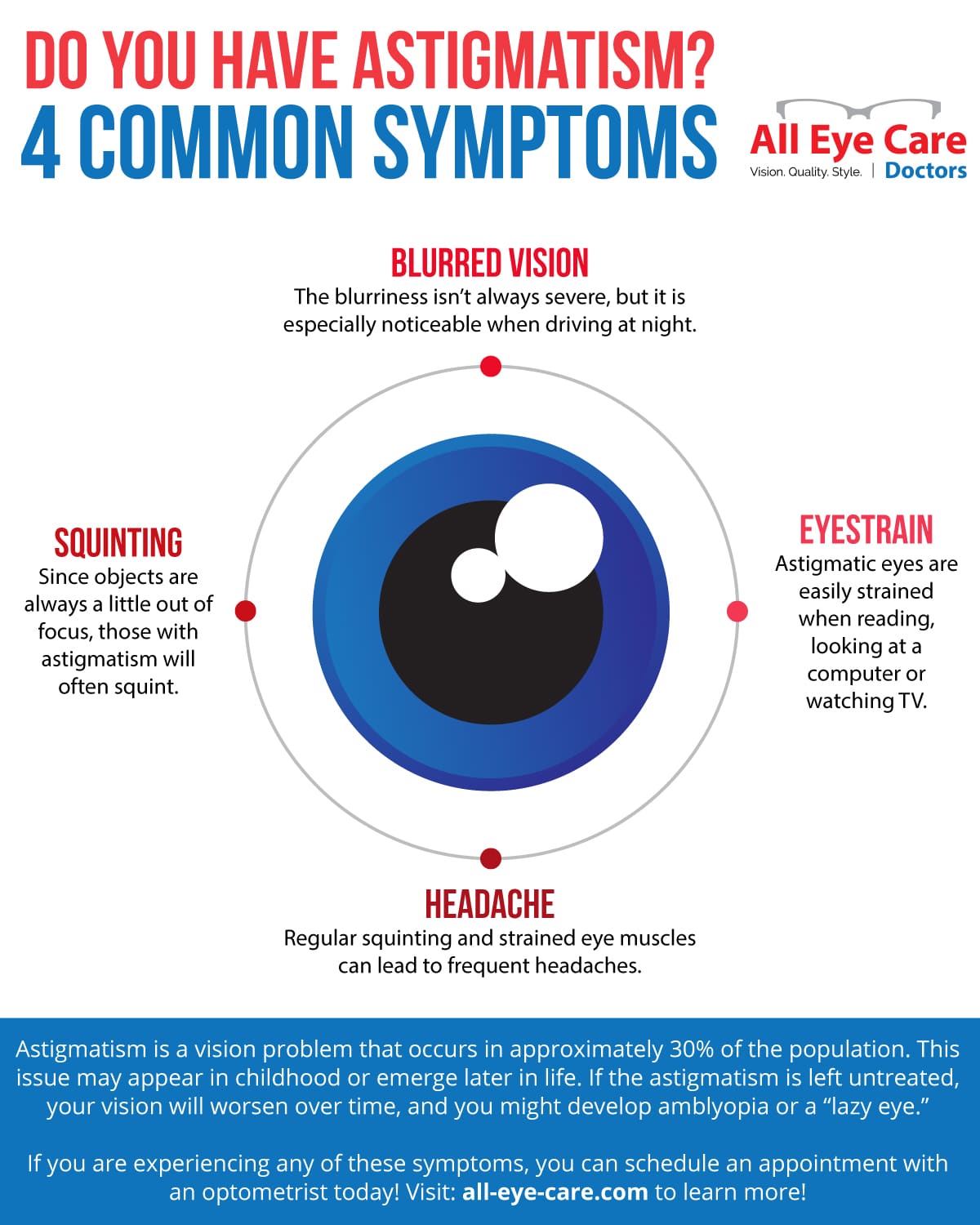Comparing Conventional Cataract Surgical Procedure To Laser-Assisted Techniques: Benefits And Drawbacks
Comparing Conventional Cataract Surgical Procedure To Laser-Assisted Techniques: Benefits And Drawbacks
Blog Article
Created By-Dean Henson
When pondering the selection in between conventional cataract surgical treatment and laser-assisted techniques, you might find yourself evaluating the benefits and disadvantages each approach supplies. The decision goes beyond the surface degree of price and accuracy, diving into the realm of long-lasting outcomes and client complete satisfaction. As you navigate through the complexities of these 2 methods, it comes to be necessary to comprehend the nuanced details that can significantly influence your visual quality and total experience. Keep tuned to discover the essential elements that will certainly guide your decision-making procedure in this critical aspect of eye treatment.
Standard Cataract Surgical Treatment Pros and Cons
When considering conventional cataract surgery, you may discover that it's a reputable and widely-used technique. In this procedure, a doctor makes a tiny incision in the eye and utilizes ultrasound to break up the over cast lens prior to removing it. When the cataract is removed, a man-made lens is put to recover clear vision.
Among Correction Laser Vision of standard cataract surgical treatment is its track record of success. Many people have actually had their vision dramatically boosted through this procedure. Additionally, standard surgery is frequently covered by insurance policy, making it an extra accessible alternative for lots of individuals.
Nevertheless, there are some drawbacks to traditional cataract surgery too. Healing Artificial Tears Without Preservatives can be much longer contrasted to more recent strategies, and there's a somewhat greater danger of issues such as infection or swelling. Some people might likewise experience astigmatism or need analysis glasses post-surgery.
Laser-Assisted Techniques Benefits And Drawbacks
Discovering laser-assisted strategies for cataract surgical procedure reveals a contemporary technique that utilizes laser innovation to do essential action in the treatment. One of the key advantages of laser-assisted cataract surgical treatment is its accuracy. The laser permits extremely precise cuts, which can result in much better aesthetic end results. In addition, using lasers can lower the amount of ultrasound power needed during the surgery, possibly decreasing the threat of problems such as corneal damage.
On the drawback, laser-assisted techniques can be extra pricey compared to traditional methods. This cost mightn't be covered by insurance policy, making it less easily accessible to some individuals.
An additional consideration is that not all cataract surgeons are trained in laser technology, which could limit your alternatives for choosing a doctor.
Finally, while how to tell if you need cataract surgery can automate specific aspects of the procedure, the surgical treatment still needs a competent specialist to ensure successful results.
Relative Evaluation of Both Methods
For a detailed understanding of cataract surgical treatment techniques, it's necessary to conduct a comparative analysis of both traditional and laser-assisted methods.
Conventional cataract surgical treatment entails manual lacerations and the use of portable devices to break up and eliminate the over cast lens.
On the other hand, laser-assisted cataract surgical treatment utilizes innovative modern technology to develop accurate lacerations and break up the cataract with laser energy before removing it.
In terms of accuracy, laser-assisted methods offer a greater degree of accuracy contrasted to traditional techniques. The use of lasers permits customization of the procedure based upon each client's eye makeup, possibly resulting in better visual outcomes.
Nonetheless, laser-assisted cataract surgical treatment has a tendency to be extra costly than standard surgical procedure, which may restrict accessibility for some clients.
While both approaches work in restoring vision impaired by cataracts, the selection in between typical and laser-assisted methods commonly depends on elements such as cost, accuracy, and private client demands.
Consulting with your ophthalmologist can help figure out the most suitable technique for your cataract surgery.
Conclusion
To conclude, when deciding in between traditional cataract surgical treatment and laser-assisted strategies, think about elements like expense, precision, and individual needs. Standard surgery supplies a tried and tested performance history and insurance coverage yet might feature longer recuperation times. Laser-assisted methods give higher accuracy and modification yet can be more costly and not constantly covered by insurance. Ultimately, the choice between both methods depends on what is essential to you and your certain scenario.
